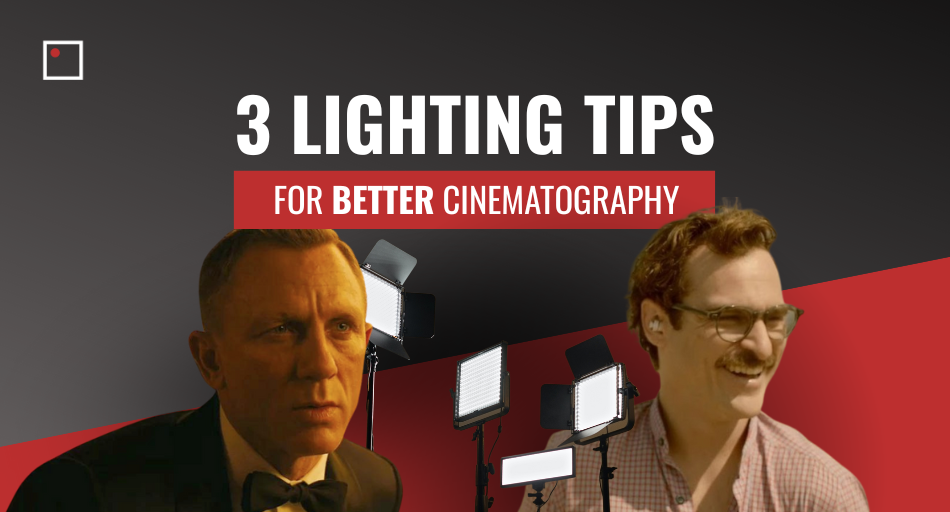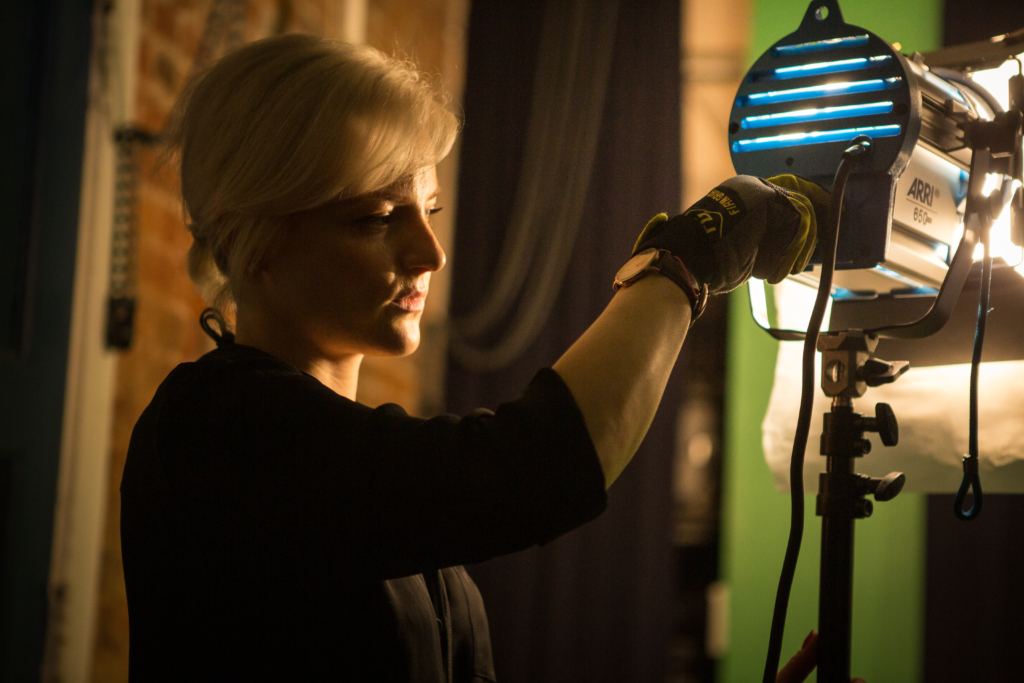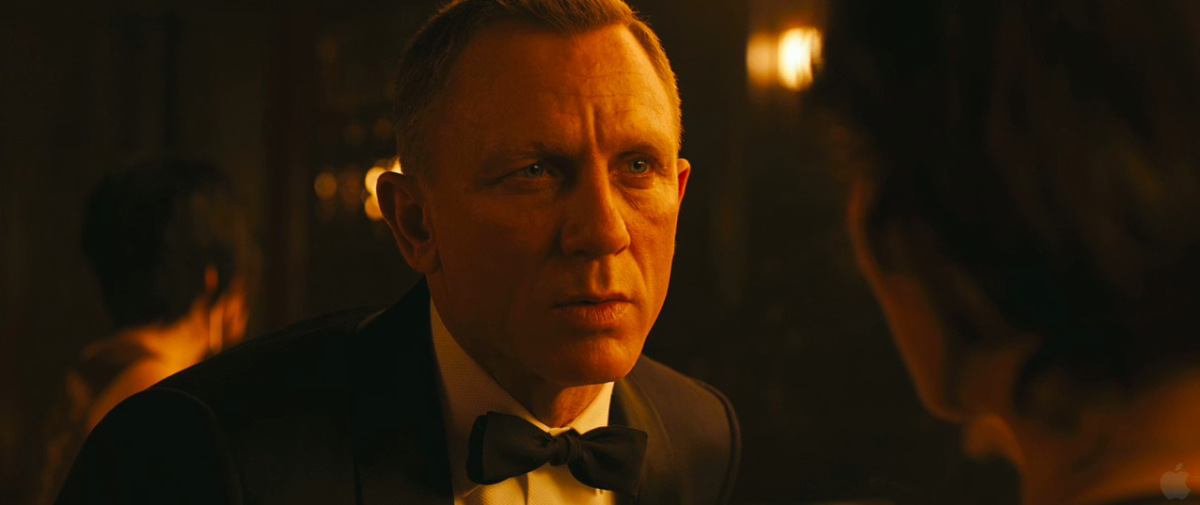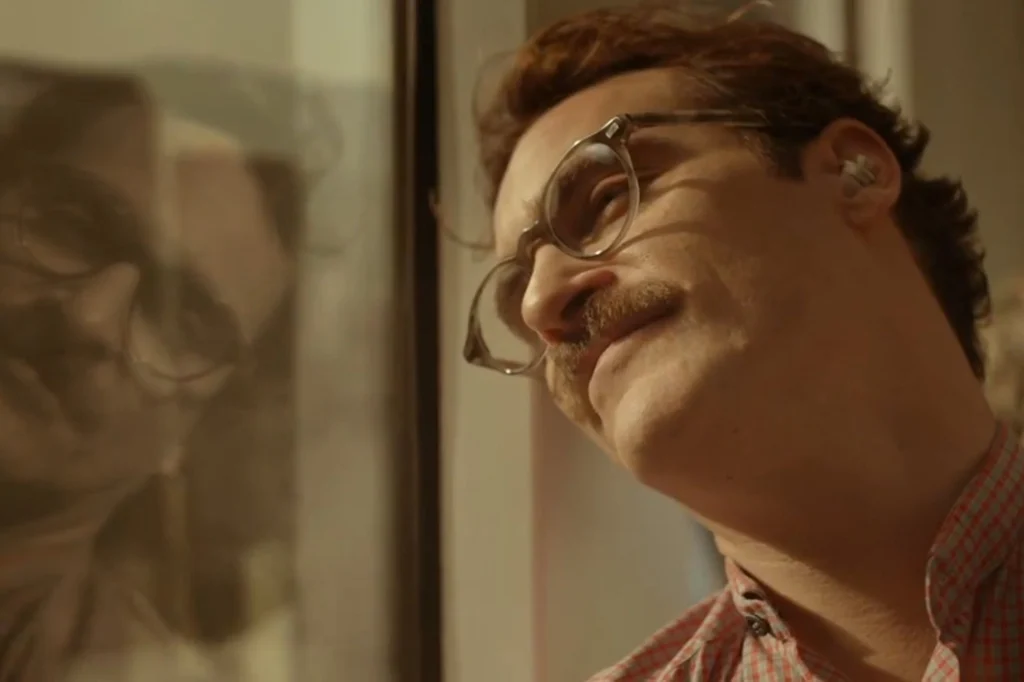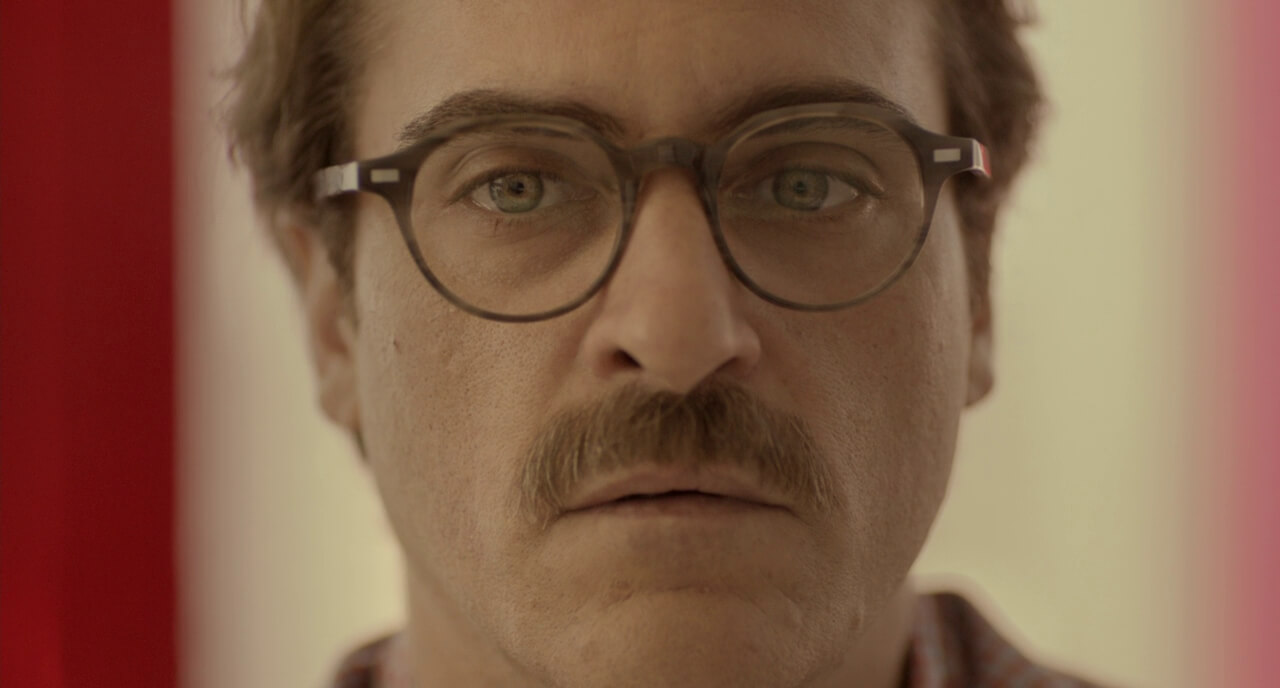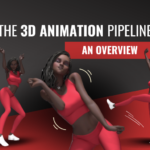3 Lighting Tips For Better Cinematography
Lighting is a crucial part of the filmmaking experience. It gives films a special look and style that can be unique to the film and can help facilitate more dynamic storytelling. It affects the tone, mood, and can subconsciously control the audience’s emotion as well.
Understanding fundamental lighting is extremely important for better cinematography. Here are 3 tips you MUST know in order to be a better cinematographer!
1. LARGER LIGHT SOURCES = SOFTER LIGHT
Pictures just look naturally better when they’re taken outside on a bright day because the sun is your primary, albeit MASSIVE light source when shooting outside. A golden rule to always remember is the larger the source, the softer the light and shadows. If you have a small light, you can emulate the feel of big ones by moving it closer to your subject, or adding diffusion.
On top of this, using a larger light source also creates more consistency in your shots, particularly if your actors are moving from one point to another in a single frame. It also helps with maintaining consistency when working with multiple subjects at the same time.
2. USE SMART SIDE LIGHTING
Smart-side lighting requires you to put your light source on the same side a character is looking. So, when your character is looking in a particular direction, you want to match their gaze with your light source. For example, if they’re glancing to the left, you’d place your key light on the left side as well. Avoid putting the key light on the same side as the camera – that’s the key to avoid looking flat. This technique is also known as “reverse key lighting” or “far side lighting”.
The best time to use smart-side lighting is during those intense and emotional moments in your film. When your characters pour their hearts out, reveal their deepest secrets, or face life-changing decisions, that’s when smart-side lighting comes into play. It’ll elevate your scenes, grabbing the audience’s attention and making them feel every emotion.
3. BOOK LIGHTING
Book lighting is the act of pointing your light at a bounce board, and having that bounced light go through diffusion. It will turn hard light into soft light which is ideal for faces.
In the example of Spike Jonze’s “Her”, the film is filled with diffused light. The film depicts a life that is supposed to be simple, with the help of artificial intelligence. While harsh shadows are known for more dramatic themes, “Her” uses soft, diffused lighting to highlight the contradicting reality of what the protagonist actually feels.
Knowing how to book light is also valuable because the setup doesn’t take a lot of real-estate, which is perfect for shooting in tight spaces. Picture this: you’re shooting in a cozy, cramped location, and you need those captivating close-up shots of your characters’ faces to ooze emotion. Well, that’s where book lighting comes in handy!
Grab your trusty light source and point it directly at a bounce board. This bounce board will work its magic by reflecting the light, which will then go through diffusion. Your original hard light is now a soft, flattering glow making it great for lighting faces on screen!
Related Articles
Film Production (Diploma) – InFocus Film School
What Is Mise-en-Scène? How To Use It In Film
3 Lighting Tips For Film Production Students
How To Light Windows: The Indie Filmmaker’s Guide
TALK TO A PROGRAM ADVISOR
By submitting this form you are agreeing to be contacted by InFocus Film School. We will never sell or distribute your information, and you may opt-out of receiving emails from us at any time. Read our Privacy Policy here.

